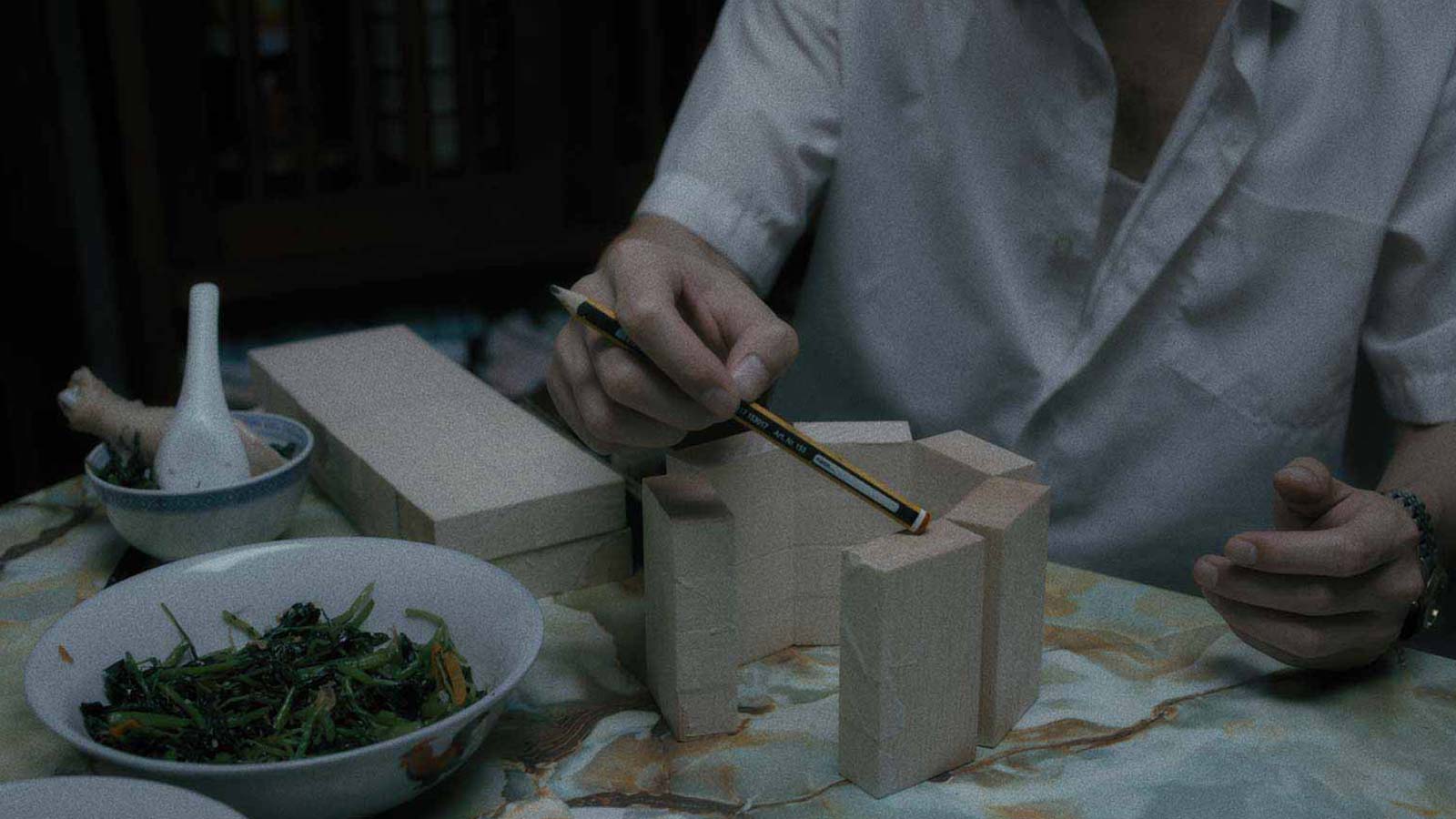RICE is the official media partner of SGIFF 2019.
The first Singapore International Film Festival took place in February that year. In March, the National Solidarity Party was officially registered. In May, sixteen people were arrested and detained without trial under the Internal Security Act. In August, the Singapore Dance Theatre was founded as the first local professional dance company. And in November, the first section of the MRT system began its operations in Toa Payoh.
The end of the 1980s saw dramatic changes in policy and in the art world, evinced by the 1989 Advisory Council on Culture and the Arts. Their landmark report recognised the role of arts in social relations and quality of life, and called for the infrastructure necessary for a vibrant local arts scene.
The coincidence of these events is revealing: while the Singapore government was starting to think about its plans for a global city, local artists, writers, thinkers, and civil society members were doing the same. Their vision of a global city was one that celebrated Singapore culture as part of worldwide networks of arts and politics.
Today, however, we seem to treat global cultures as commodities for consumption. I’m reminded of this every time Singaporeans tell me they love Kendrick Lamar but still want to say the ‘n’ word. From hip-hop, with its African American roots, to Korean dramas, to pad thai and Marvel movies, we absorb products of societies ‘other’ to our own without really understanding where they come from. I’m guilty of this too. It’s easier to take pop culture without the politics; to enjoy things without knowledge of the darker histories and repressive worlds they come from.
In that sense, today’s middle-class Singaporean is not quite the politically engaged, creative, curious global citizen imagined by those artists and dreamers in the 1980s. As we were sucked into a national project of economic growth, we found other aspirations (like the 5Cs) more compelling.Furthermore, as national narratives tend to emphasise Singapore’s vulnerability, we seem to stop at nothing in the pursuit of self-sufficiency. For example: did you know that Singapore companies have acquired over 48,000 ha of land in Cameroon since 2014, despite reports that this endangers indigenous communities and wildlife? Or that Singapore is one of the world’s worst tax havens, which costs developing countries billions annually in corporate tax revenue? Or that the sand we import for our land reclamation projects has destroyed mangrove forests and villages in Cambodia? Our ignorance is especially problematic because we don’t realise the kind of extractive relationship we have with the world around us. We’ve attained our growth by pushing others down.
In August this year, while setting forth his national day wishes for Singapore, Ambassador-at-Large Tommy Koh cited a survey of ten ASEAN countries, which found that Singapore students were least knowledgeable and least interested in ASEAN. In comparison, Laotian students were most knowledgeable and most interested. I was reminded of Sandra Harding’s theory of strong objectivity, which states that marginalised peoples know more about the dominant group culture because they must learn to navigate it in order to survive. Singapore’s position of relative power in ASEAN has led us to assume that we don’t need to know anything about anyone else.
It is all too possible that Laotian students know more about Singapore than we do; it is definitely true that they know more about Singapore than we know about Laos.
Which begs the question: Why should we learn about Southeast Asia? Why should we care?
As a graduate student in Southeast Asia studies, this question is close to my heart. We are—as a society, not as a nation-state—dependent on our social, economic, and cultural relationships with other places. Singapore’s diasporas here have long distanced ourselves from our homelands, but our practices, traditions, and languages are still shaped by that migration x years ago. Local institutions of justice and governance have been handed down by the British, but also draw on systems and cultures elsewhere in Southeast Asia. We understand our history better by learning about, and from, our neighbours.
Film is one global cultural ecosystem that we are a part of. Singapore’s film industry has its roots in co-productions with regional filmmakers, especially Malaysian production companies. The SGIFF began in 1987 with an “American slant” in its programming, but since its second instalment, the organising committee has always insisted on an intentional focus on Asian and Southeast Asian cinema. This approach to “international” programming reflects an awareness that our exposure to cinema is dominated by Hollywood and the Western-European mainstream.
This year’s SGIFF lineup has its own internal coherence and common themes, but spreads across a vast diversity of spaces and subjects. There are experimental documentaries about a refugee family in Tajikistan and a young woman growing up in Maoist China. There are coming-of-age stories set everywhere from Georgia to Thailand, and horror films from Japan, Malaysia, and Ireland. There are stories about immigration, discrimination, art, romance, food, truth, curiosity, and loss. The real magic is that they all come together in one place.
Southeast Asia is the source of some of the most innovative and exciting films in the world, and films from the region aren’t just a way for us to learn about other societies. They offer a glimpse of how people see themselves and make meaning of their own cultures and histories.
Watching Singapore films at an international film festival, we might even realise how little we know of ourselves. The Singapore Panorama this year includes films about socioeconomic inequality, migrant workers’ rights, urban renewal, and other forms of loss. SGIFF also includes Singapore film history for another kind of “international,” reminding us of a Singapore we should not forget—as David Lowenthal wrote, “The past is another country,” one we should visit from time to time.
The “international” doesn’t just mean anything outside of nation-state borders. It also refers to the unfamiliar, the alien, the ambiguous, the invisible; all of which are worth our attention. When we think about the “international” as an approach to a deeper understanding and bridging gaps in knowledge, we might then conceive of ourselves as individuals accountable to the society that produced us, and to the world around us.
Then, perhaps, we might find our way back to becoming those earlier-imagined citizens of the world.






